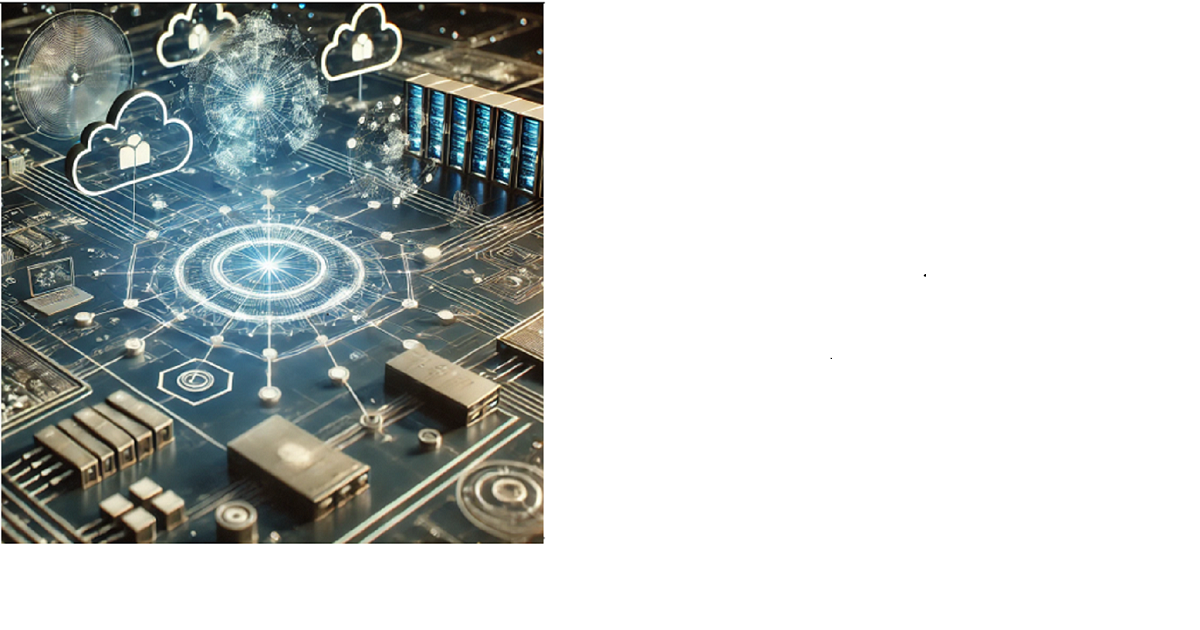- 2.5Impact Factor
- 5.5CiteScore
- 20 daysTime to First Decision
Advances in Digital Information System
This special issue belongs to the section “Computing and Artificial Intelligence“.
Special Issue Information
Dear Colleagues,
In today's rapidly evolving digital landscape, information systems have become integral to various sectors, including industry, commerce, and education. The continuous advancement in digital information systems not only enhances operational efficiency but also drives innovation and transformation across different domains. With the advent of generative AI, these changes have accelerated, offering new possibilities and posing unique challenges. This Special Issue seeks to explore the latest developments and applications of digital information systems, addressing the growing need to understand and leverage these technologies for improved outcomes.
The primary aim of this Special Issue is to present a comprehensive overview of the recent advancements in digital information systems and their practical applications. By bringing together a diverse range of research articles, systematic literature reviews, empirical studies, and case studies, this issue aims to provide valuable insights into the current state and future directions of digital information systems.
This Special Issue invites contributions on a variety of sub-topics, including but not limited to:
- Technological Advancements in Digital Information Systems
- Applications of Digital Information Systems in Industry
- Commercial Applications of Digital Information Systems
- Educational Applications of Digital Information Systems
This Special Issue will cover not only Systematic Literature Reviews of existing research on digital information systems, allowing us to identify the research gaps and future research directions but also Empirical Research and Case Studies covering its use.
Prof. Dr. Anabela Mesquita
Dr. João Vidal Carvalho
Dr. António Abreu
Guest Editors
Manuscript Submission Information
Manuscripts should be submitted online at www.mdpi.com by registering and logging in to this website. Once you are registered, click here to go to the submission form. Manuscripts can be submitted until the deadline. All submissions that pass pre-check are peer-reviewed. Accepted papers will be published continuously in the journal (as soon as accepted) and will be listed together on the special issue website. Research articles, review articles as well as short communications are invited. For planned papers, a title and short abstract (about 250 words) can be sent to the Editorial Office for assessment.
Submitted manuscripts should not have been published previously, nor be under consideration for publication elsewhere (except conference proceedings papers). All manuscripts are thoroughly refereed through a single-blind peer-review process. A guide for authors and other relevant information for submission of manuscripts is available on the Instructions for Authors page. Applied Sciences is an international peer-reviewed open access semimonthly journal published by MDPI.
Please visit the Instructions for Authors page before submitting a manuscript. The Article Processing Charge (APC) for publication in this open access journal is 2400 CHF (Swiss Francs). Submitted papers should be well formatted and use good English. Authors may use MDPI's English editing service prior to publication or during author revisions.
Keywords
- digital information systems
- generative AI
- technological advancements
- industry applications
- commerce innovation
- educational technology
- empirical research
- systematic literature reviews

Benefits of Publishing in a Special Issue
- Ease of navigation: Grouping papers by topic helps scholars navigate broad scope journals more efficiently.
- Greater discoverability: Special Issues support the reach and impact of scientific research. Articles in Special Issues are more discoverable and cited more frequently.
- Expansion of research network: Special Issues facilitate connections among authors, fostering scientific collaborations.
- External promotion: Articles in Special Issues are often promoted through the journal's social media, increasing their visibility.
- e-Book format: Special Issues with more than 10 articles can be published as dedicated e-books, ensuring wide and rapid dissemination.

